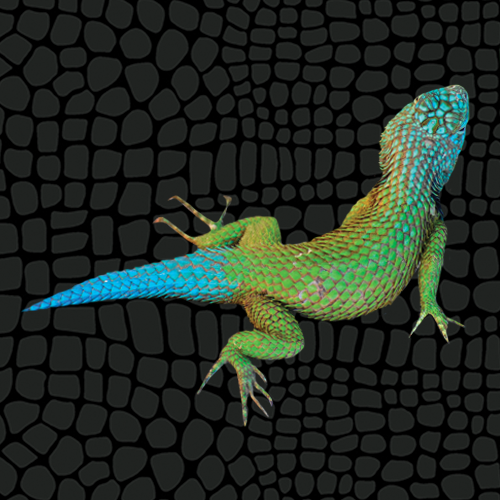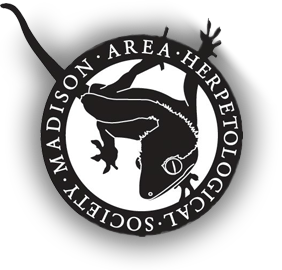Emerald Swift
A Vibrant Fence Lizard
Found throughout Central America from Guatemala and down to Panama, the Emerald Swift prefers more tropical habitats. Usually found out basking, they are quick to retreat higher up a tree or into a rock crevice to escape. When you see this small lizard, if it’s a male, you’ll notice its vibrant emerald green coloration that almost looks metallic. Females are usually grey to brown with some green or yellow tones. Another thing you may notice is the familiar spiny appearance of their scales. This lizard is in the same genus, Sceloporus, as the fence lizards found throughout the southern half of the United States and shares that spikey texture and body shape.
Habitat
The Emerald Swift’s native range includes the tropical to semi-tropical regions of Central America. These small lizards are usually found basking on trees, rocky outcroppings, and even around homes in suburban and urban areas. Make sure when keeping these lizards that you replicate their basking spots by focusing them at a spot on a branch or rock with a secure hiding area nearby. Due to their distribution they tolerate a range of humidity from 50-85%.
Housing
Emerald Swifts require sealed and escape proof housing. Though it is rare you’ll find babies available, they can start out in a Zilla 12x12x20 Front Opening Terrarium. It’s important to remember that as they grow and develop, they will require larger accommodations. The majority of these lizards in captivity are wild caught adults and will require a Zilla 18x18x25 Front Opening Terrarium or larger terrarium. To maintain humidity in the enclosure use substrates such as Zilla Jungle Mix, Zilla Bark Blend and Zilla Coconut Husk Brick, and add Zilla Terrarium Moss over the substrate. Arboreal branches and perches should be created for basking spots. Try Zilla Vertical Décor to add arboreal décor to the habitat and feeding stations. In order to maintain humidity, the habitat should be misted daily. Zilla Waterfalls and Spring Cave can be used to provide a continuous water source but misting is still recommended in addition. Provide them with a Zilla Terraced Dish for drinking and make sure to replace it with clean water every other day. Spot clean daily and replace the substrate as you to. Make sure to clean and disinfect the enclosure and its furnishings at least every 2-3 months.
Temperature and Lighting
Emerald Swifts should have a temperature gradient between 72-84°F with a basking area near 90°F. Emerald Swifts are diurnal and will be active throughout the day. It’s imperative to provide them with the correct amount of UVA/UVB lighting to insure their well-being. The Zilla Heat and UVB Basking Fixture with a 50W Day Blue Mini Halogen Bulb and Pro Series Desert Fluorescent Coil Bulb will provide enough heat and UV light for your Emerald Swift. Without the use of proper lighting, they can develop abnormal bone growth and other diseases.
Feeding and Diet
In the wild Emerald Swifts are insectivores and eat a wide variety of insects and spiders. In captivity they eat a variety of invertebrates such as crickets and dubia roaches. Feeder insects should be fed a nutritional gut-load insect food and given Zilla Gut Load Cricket Drink. By feeding these products you will increase the nutritional value of your feeders and help pass important nutrients on to your Emerald Swift. When feeding, spray the insects with Zilla Calcium Supplement and Zilla Vitamin Supplement 1-2 times weekly for additional calcium and vitamin D3, along with other essential nutrients.
Handling
Handling of Emerald Swifts should be done carefully and, in an area, where they can’t escape if they jump out of your hands. Be careful and aware of aggressive adults as they will bite and can be very flighty. Remember that to them, you’re a giant predator. Approach them slowly and pick them up from below when possible. Emerald Swifts are beautiful and entertaining pets to keep and handling them should be done carefully and diligently. Over time, they can become more accustomed to handling.
Be sure to wash your hands after handling any reptiles.


